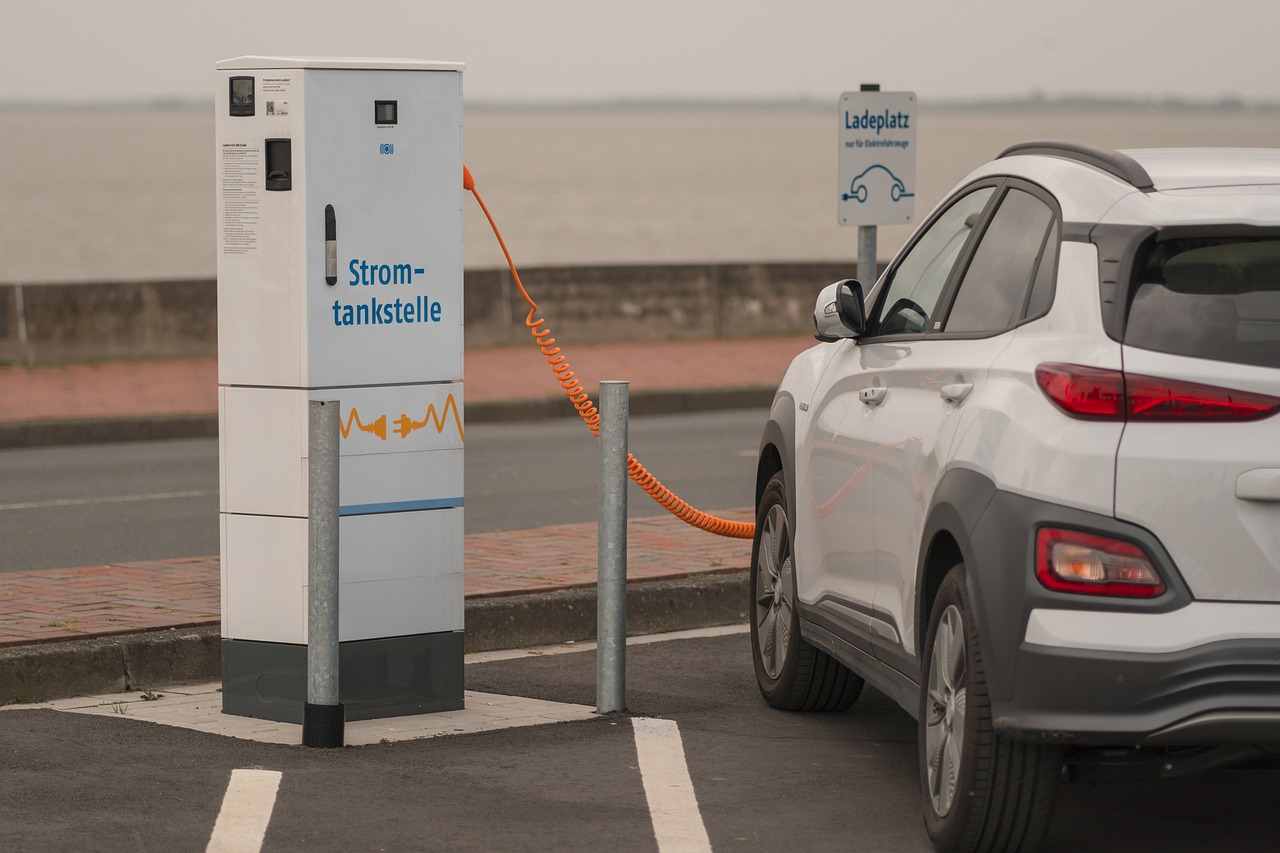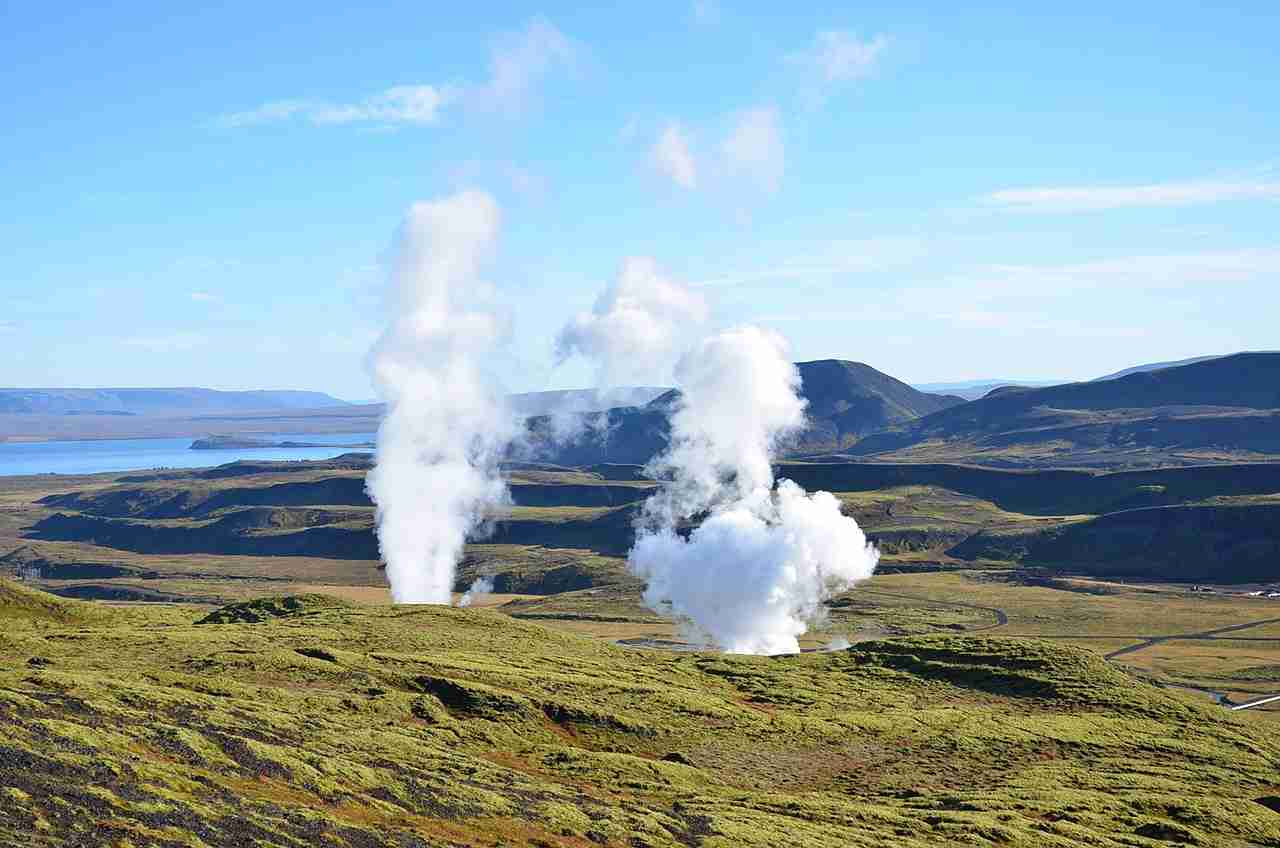
Summary :
- In 22 countries, fossil CO₂ emissions declined while their economies expanded. These nations predominantly belong to the European Union, together with the United States. Collectively, they account for 23% of worldwide fossil CO₂ emissions during the last ten years (2014–23).
- In Norway, road transport emissions decreased as the proportion of electric vehicles in the passenger car fleet increased – the highest globally at more than 25% – while biofuels supplanted fossil gasoline and diesel.
- New Zealand’s total geothermal electricity capacity exceeds 900 MW, ranking us as the fifth largest producer of geothermal energy globally.
In 22 countries, fossil CO₂ emissions declined while their economies expanded. These nations predominantly belong to the European Union, together with the United States. Collectively, they account for 23% of worldwide fossil CO₂ emissions during the last ten years (2014–23).
Transport Emission In Norway
In Norway, road transport emissions decreased as the proportion of electric vehicles in the passenger car fleet increased – the highest globally at more than 25% – while biofuels supplanted fossil gasoline and diesel. Norway’s oil and gas industry has achieved even more significant cuts in emissions, as gas turbines on offshore platforms are being converted to electric power.

For an extended period, the swiftly increasing demand for mobility has exceeded advancements in reducing carbon emissions in the transportation sector. Transport emissions reached their highest level in 2012 (15 million tonnes of CO2-eq) and saw an 8.9% decline from 2005 to 2019, attributable to Norway’s proactive transport decarbonisation initiatives. The government strongly endorsed the adoption of zero-emission vehicles (ZEVs) to speed up the electrification of the road transportation industry. This approach has proven effective. National projections indicate that transport emissions are expected to decline by almost one-third between 2019 and 2030. Nonetheless, Norway must expedite the electrification of its transport sector to achieve a 50% reduction in GHG emissions from transportation by 2030.
To promote the acquisition of ZEVs, Norway implemented an extensive set of substantial tax incentives, featuring the exclusion of ZEVs from the registration tax, VAT, and fuel taxes, in addition to a minimum 50% reduction in road taxes, along with ferry and parking fees. These financial incentives were crucial for redirecting demand towards ZEVs (which are now less expensive than petrol or diesel vehicles) and raising the proportion of ZEVs in the vehicle fleet. Government forecasts suggest that the number of ZEVs could hit 1.25 million by 2030, in contrast to 225,000 without incentives. This accounts for 44.5% of the existing vehicle fleet. With the ZEV market becoming more established, the government has begun to reduce certain incentives.
ZEVs and hybrid cars account for nearly a quarter of Norway’s passenger vehicle fleet. The nation is advancing towards its objective of classifying all new passenger vehicles and light vans as ZEVs by 2025. The effects of Norway’s ZEV deployment and associated emission reductions became clearly evident starting in 2016. National forecasts indicate that transport emissions are expected to decline by almost one-third between 2019 and 2030 (OECD, 2022).
Also Read:
Geothermal for Emission in New Zealand
In New Zealand, emissions from the energy sector are decreasing. Historically, the nation has relied heavily on hydropower, along with coal and natural gas as additions. However, wind and especially geothermal energy are reducing fossil fuel generation.
Geothermal energy serves as a crucial renewable energy resource for New Zealand, contributing approximately 18% of our electricity supply. Moreover, geothermal energy is utilized directly for industrial process heat, heating spaces, and providing hot water.

Geothermal power is anticipated to expand over the next ten years and remain one of the nation’s major sources of renewable energy.
Geothermal electricity stands out among renewable energy generation methods, as the steam energy is accessible reliably and steadily over time. Due to this dependability, geothermal energy will remain significant in New Zealand’s energy future.
New Zealand’s total geothermal electricity capacity exceeds 900 MW, ranking us as the fifth largest producer of geothermal energy globally. It is estimated that there are adequate geothermal resources for an additional 1,000 MW of electricity production.
Geothermal energy is expected to become more environmentally friendly. At present, a portion of carbon dioxide that is dissolved in geothermal fluid is released during the generation process. The sector is presently advancing technology to reintroduce (sequester) the majority of these gas emissions. For example, the Te Huka power station now re-injects 90% of its past greenhouse gas emissions. As development progresses, geothermal CO2 emissions are expected to reduce to minimal levels.
Additionally, there are chances to utilize more direct geothermal energy, like for industrial process heating, or by discovering applications for waste heat from geothermal power plants.
And, what about in China?
We anticipate additional emissions growth of 0.2% in China, though modest and somewhat uncertain (including the chance of no growth or even a minor decline). Prompting some to wonder if the nation’s emissions will soon reach their peak, before the government’s target of 2030. In 2023, China installed more solar panels than the total amount the US has ever installed.
Also Read:
Editor: Savira Oktavia
References:
[1] Global carbon emissions inch upwards in 2024 despite progress on EVs, renewables and deforestation



Comment closed